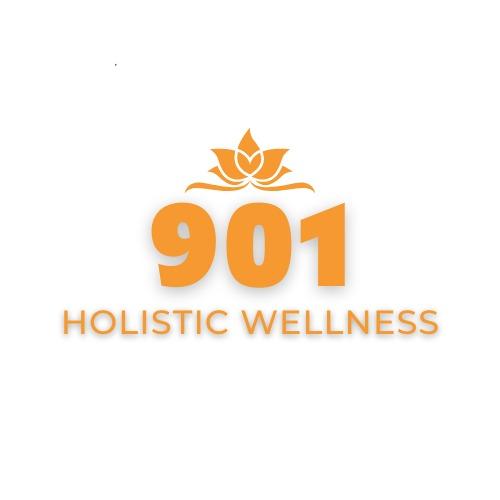Insomnia and poor sleep can be indicators of an imbalance in our being, which includes mind, body,...
Osteopathy: A Holistic Approach For This 2023
.png?width=1920&height=1080&name=Blog%20images%20(8).png)
Osteopathy is a medical discipline based on the idea that the body has an innate capacity for self-regulation and self-healing. Through manual techniques and a deep understanding of anatomy, osteopathy seeks to balance the body as a whole, addressing the entire set of causes that cause different types of diseases. This article will explore how osteopathy can be a valuable alternative for those seeking patient-centered and whole-body care.
Principles of Osteopathy
Osteopathy is based on four fundamental principles that cover all aspects of the individual and their health:
- Body as Unity: Recognizes that the human body is an interconnected entity, where all parts are related and affect each other.
- Interrelationship of Structure and Function: Understands that the body's structure influences its function and vice versa.
- Self-Regulation Capacity: Trust that the body can self-regulate and heal itself.
- Holistic Approach: Advocates for a global and balanced approach that considers health's physical, emotional, and mental aspects.
Manual Techniques to Restore Health
Manual techniques are the basis of osteopathy and are used to restore harmony in the body. Some of the standard techniques include:
- Joint Manipulation: Gentle joint adjustments to improve mobility and relieve tension.
- Muscle Stretches: Gentle movements to release restrictions and improve flexibility.
- Massages and Myofascial Release: Work on the soft tissues to relieve tension and promote circulation.
- Deep Tissue Techniques: Approach specific areas with controlled pressure to release knots and tension.
Osteopathy Applications
Osteopathy has traditionally been noted for its ability to relieve musculoskeletal pain, but its scope encompasses much more than that. Osteopaths can address various conditions through their holistic approach and in-depth understanding of human anatomy, promoting overall health and well-being.
Migraines and Headaches
Osteopathy recognizes that migraines and headaches may be related to cranial and cervical structure imbalances. Osteopaths use gentle manipulation techniques to relieve tension in the neck and head, improve circulation and reduce the frequency and intensity of headaches. In addition, they work collaboratively with patients to identify potential triggers and offer advice on habits that can help prevent migraines.
Digestive Disorders
Osteopaths use manual techniques to release tension in the abdomen and digestive organs, improving gastrointestinal function and relieving symptoms such as bloating, constipation, and heartburn with what is sought to guide dietary changes and practices that support digestive health in the long term.
Respiratory Problems
Osteopathy understands the relationship between the structure and function of the respiratory muscles. Osteopaths use stretching and myofascial release techniques to relieve tensions in the respiratory muscles, improving breathing mechanics and lung expansion.
This can significantly benefit people with chronic breathing problems such as asthma and chronic obstructive pulmonary conditions.
Prenatal and Postnatal Care
During pregnancy, osteopaths can help relieve stress in the pelvis and spine, improving the mother's comfort and mobility. After childbirth, manual techniques can help restore alignment and function to the body, addressing the stresses built up during pregnancy and childbirth.
Osteopathy and Preventive Care
Osteopathy also plays a vital role in preventing long-term health problems:
- Osteopaths assess posture, mobility, and body function to detect imbalances before they become chronic problems.
- Patients receive guidance on lifestyle changes, exercises, and practices to maintain health and prevent future illness.
- Each treatment plan is tailored to the individual's unique needs, addressing the symptoms and the causes.
- It is essential to understand that specialists in their given holistic field must induce any therapy, and osteopathy is no exception.
Conclusion
Osteopathy is a comprehensive and holistic approach to health and well-being that builds on the body's innate ability to heal itself.
Through manual techniques and a holistic approach, osteopaths restore balance to the body, mind, and spirit. Whether as a treatment or as part of a preventative approach, osteopathy offers a unique perspective that promotes total health. That is why if you encourage practicing it, accompany your experience with a wide variety of holistic products in our store!



